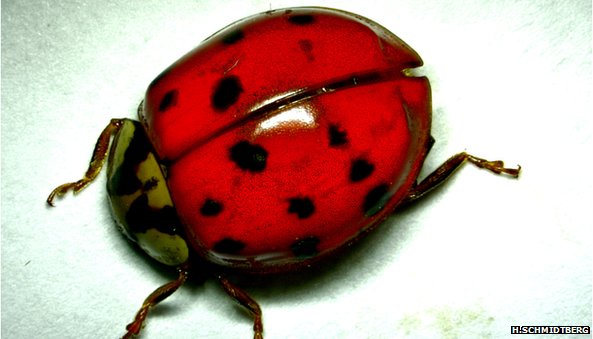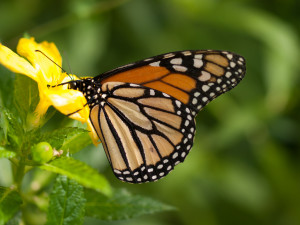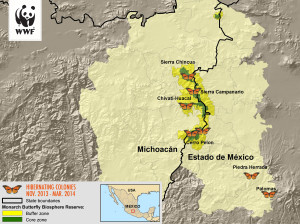- Jul 10, 2004
- 24,526
- 16,976
- 1,405
An annual count shows the number of orange-and-black butterflies has crashed in the two decades. But there's something you can do to help.
While the plight of the honeybee has launched countless petitions to save them, including television segments, awareness campaigns, and even a movie, another important member of the ecosystem one that's actually native to North America has experienced a dramatic decline in population, a decline that has caused far less hand-wringing by gardeners and do-gooders.
The number of monarch butterflies that arrived at their overwintering location in Mexico dropped 59 percent this year, the lowest level since scientists began keeping records 20 years ago, reports the Associated Press.
This is the third straight year of decline for the butterflies that migrate from Canada and the United States to mountaintop forests in central Mexico. Scientists can't explain why or how these delicate orange-and-black butterflies make the migration, but it takes generations of butterflies crossing two borders to complete.
What's the cause of the monarch butterfly decline?
Where have all the monarch butterflies gone? | MNN - Mother Nature Network
While the plight of the honeybee has launched countless petitions to save them, including television segments, awareness campaigns, and even a movie, another important member of the ecosystem one that's actually native to North America has experienced a dramatic decline in population, a decline that has caused far less hand-wringing by gardeners and do-gooders.
The number of monarch butterflies that arrived at their overwintering location in Mexico dropped 59 percent this year, the lowest level since scientists began keeping records 20 years ago, reports the Associated Press.
This is the third straight year of decline for the butterflies that migrate from Canada and the United States to mountaintop forests in central Mexico. Scientists can't explain why or how these delicate orange-and-black butterflies make the migration, but it takes generations of butterflies crossing two borders to complete.
What's the cause of the monarch butterfly decline?
Where have all the monarch butterflies gone? | MNN - Mother Nature Network







